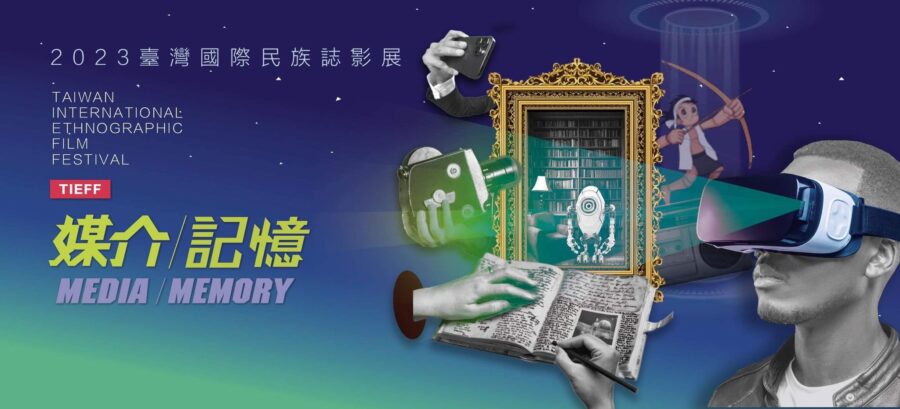In June 2014, the harvest festival of the tribe was just around the corner. Two local Pulima people in Taiwan felt called to the artistry of the land on one side, and the forest on the other side, and they met each other in Champagne-Ardenne, France, to go on a trip of spirituality.
Etan Pavavalung is an indigenous Paiwanese artist from Taiwan. He was born in Davalan Village in Sandimen, Pingtung County, which is surrounded by mountain forests and abundant art resources.
Etan’s artworks are multi-dimensional and include poetry, prose, graphic design, films, and installations. After Typhoon Morakot in 2009, he developed a unique visual art form he calls: “Trace Layer Carve Paint.” Through tracing, layering, carving, and painting, Etan employs and extends the Paiwanese cultural aesthetics of vecik (the Earth’s patterns, lines, and words), and creates a new style of interpreting and depicting post-disaster dreams and strengths.
Iyo Kacaw is an indigenous Amis artist from the coast of Taiwan.
Iyo lives in the Makota’ay tribe in Hualien. The sea is the hunting field for his tribe. It also acts as their refrigerator. Growing up, he used to hear tribal elders tell stories about the sea, and knew that the tribe’s hunting field was covered with reefs that were home to abundant marine life. The warm Kuroshio Current offshore would bring abundant hauls of fish. The bottom of the ocean used to be colorful with bright coral and schools of fish swimming through them. It was full of life. But now it has become black and white. The bottom of the sea has faded, covered with layers of nets. It has been so devastating that Iyo decided to use art to express the current situation of seashore tribes, while at the same time displaying his deep understanding of the environmental issues at hand.
